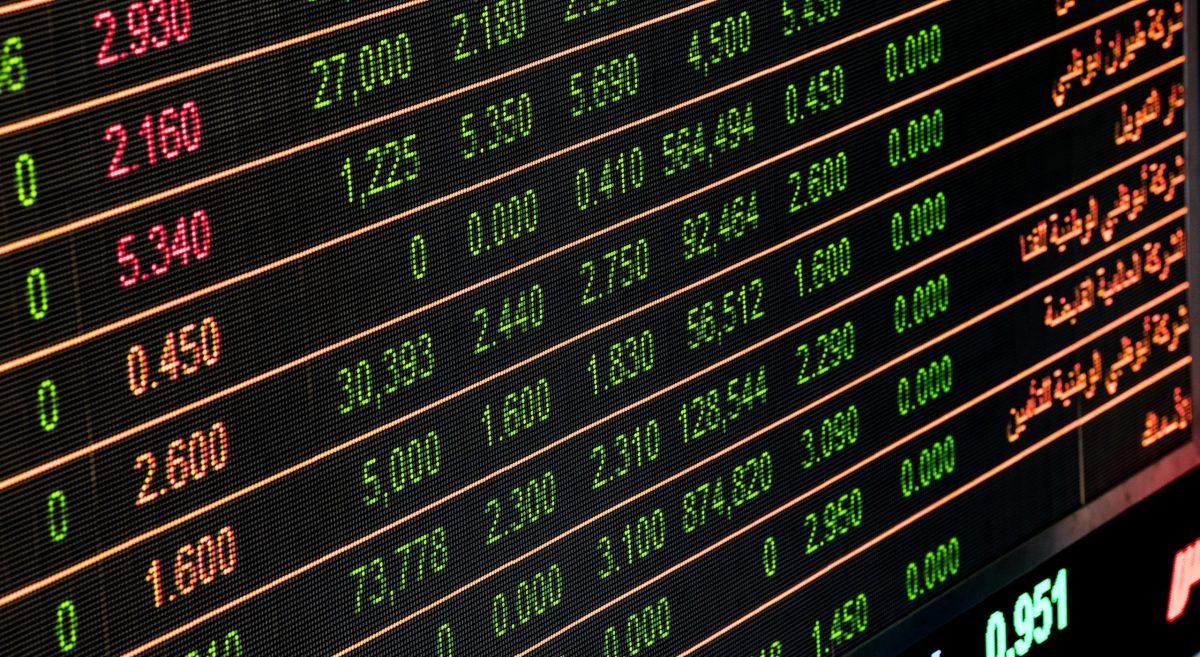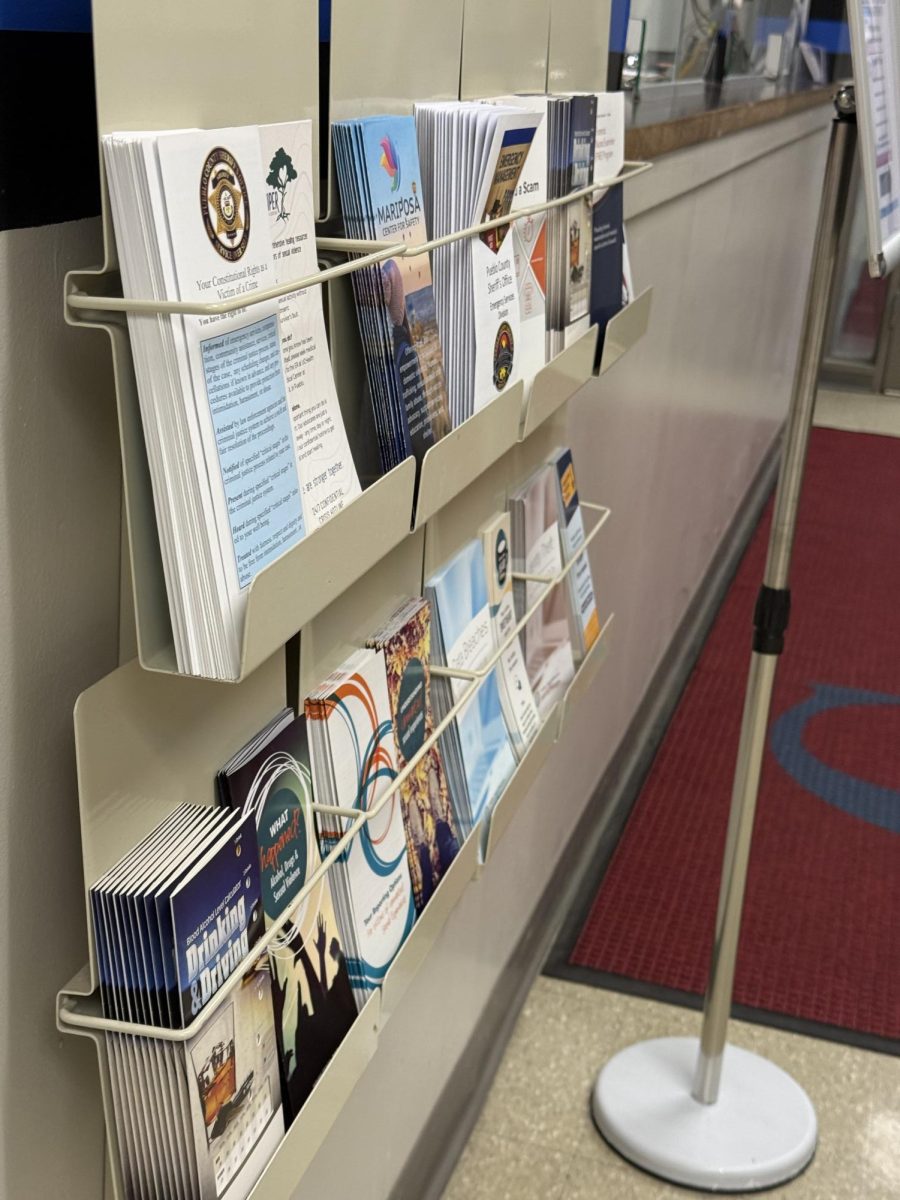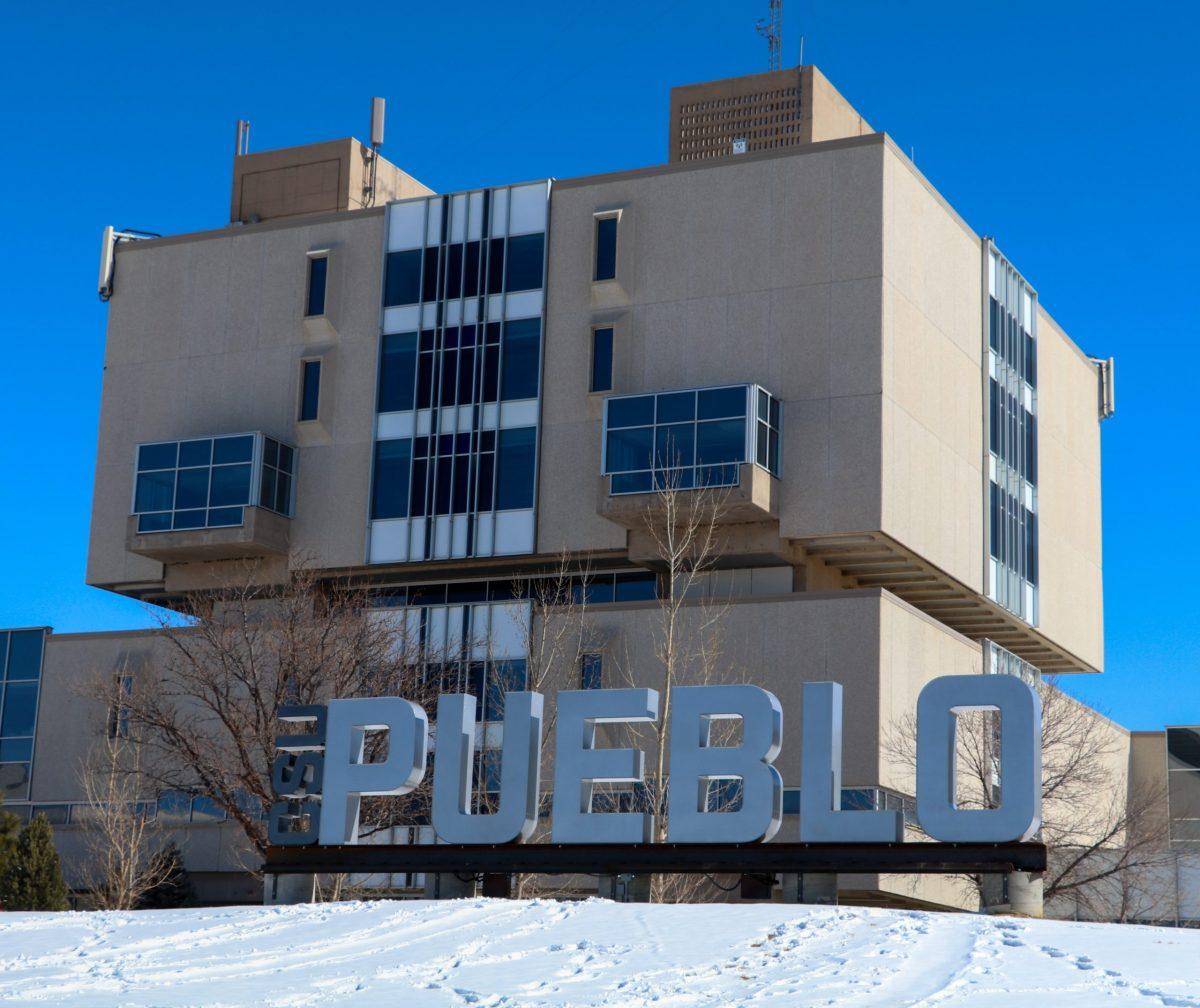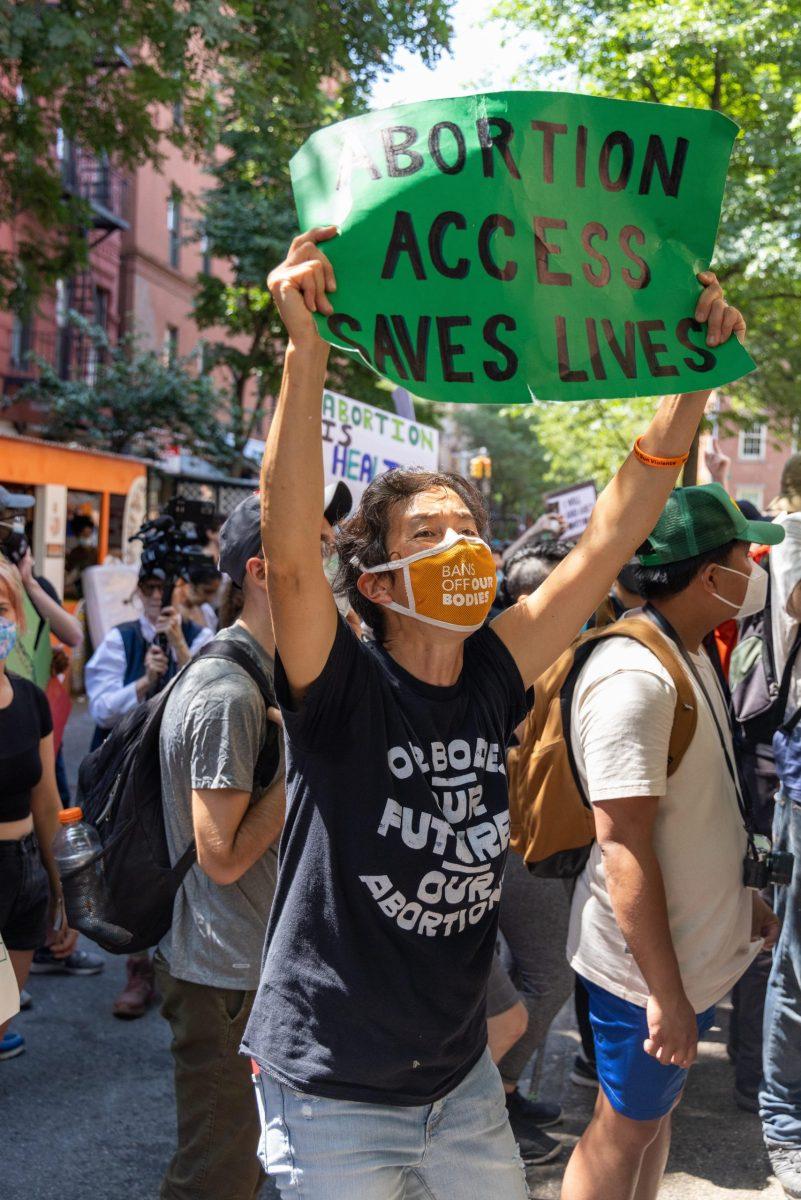By Julian Volk
In 2021, the Federal Reserve reviewed the actions taken by Growing Bank, Silicon Valley, calling out their risk management practices as having too many weaknesses.
In 2023, those weaknesses have caught up to Silicon Valley Banks, as they look set to be shut down soon due to a significant collapse. In the report issued by the Federal Reserve Bank of San Francisco, the overseers of Silicon Valley Banks found six citations. The Federal Reserve warned Silicon Valley in 2021 that they had to take “immediate action” to survive long term.
Silicon Valley Banks collapsed after its investments heavily decreased in early 2023. The banks’ clients quickly pulled out as much of their money as possible, leading Silicon Valley Banks stock (S.V.B.) to collapse under one dollar in March 2023. The banks’ depositors withdrawing large amounts of money ended the Silicon Valley Banks, a small retribution for those clients who lost so much of their money during the shutdown.
Before the collapse, Silicon Valley Banks was ranked the 16th largest bank in the United States. Since its opening in 1983, the bank has opened many locations worldwide in England, China, Canada, Denmark, Ireland, Germany, Israel, and India. At Silicon Valley Bank’s peak, the company was worth $115 billion in 2020.
Some experts point out that Silicon Valley Banks might have survived this collapse with some parts of the Dodd-Frank financial-regulatory package. Dodd-Frank reorganized the financial regulatory system completely. It was put in place after the stock market collapse of 2008 and has helped keep banks from collapsing for many years. With revisions to the responsibilities of the Federal Deposit Insurance Corporation, the creation of the Consumer Financial Consumer Bureau, and some other modifications and creations of financial agencies, it protected banks and clients from bankruptcy and failure. However, in 2018, the Trump administration rolled back some of the changes it brought.
President Trump signed a bill in 2018 lessening the regulatory scrutiny for many regional banks. The bill reduced how frequently banks with assets between $100 billion and $250 billion had to report to the stress test given by the Federal Reserve. Silicon Valley Banks executive Greg Becker greatly supported the bill’s signing.
The collapse of Silicon Valley Banks does bring out fear in many experts. The 2008 stock market collapse and the bank’s failure comparisons show many eerie similarities. Although small banks failing doesn’t mean a cause for concern, the last time a bank of the size of Silicon Valley fell was in 2008 when the F.D.I.C. took over Washington Mutual after its failure.
The F.D.I.C. took over Silicon Valley Banks on March 10th, creating the Deposit Insurance National Bank of Santa Clara, where all investor and client money is now being held. The F.D.I.C. opened the Deposit Insurance National Bank of Santa Clara on March 13th and has promised that deposits of up to $250,000 will be made whole. All checks used by Silicon Valley Banks will still be cleared.
















